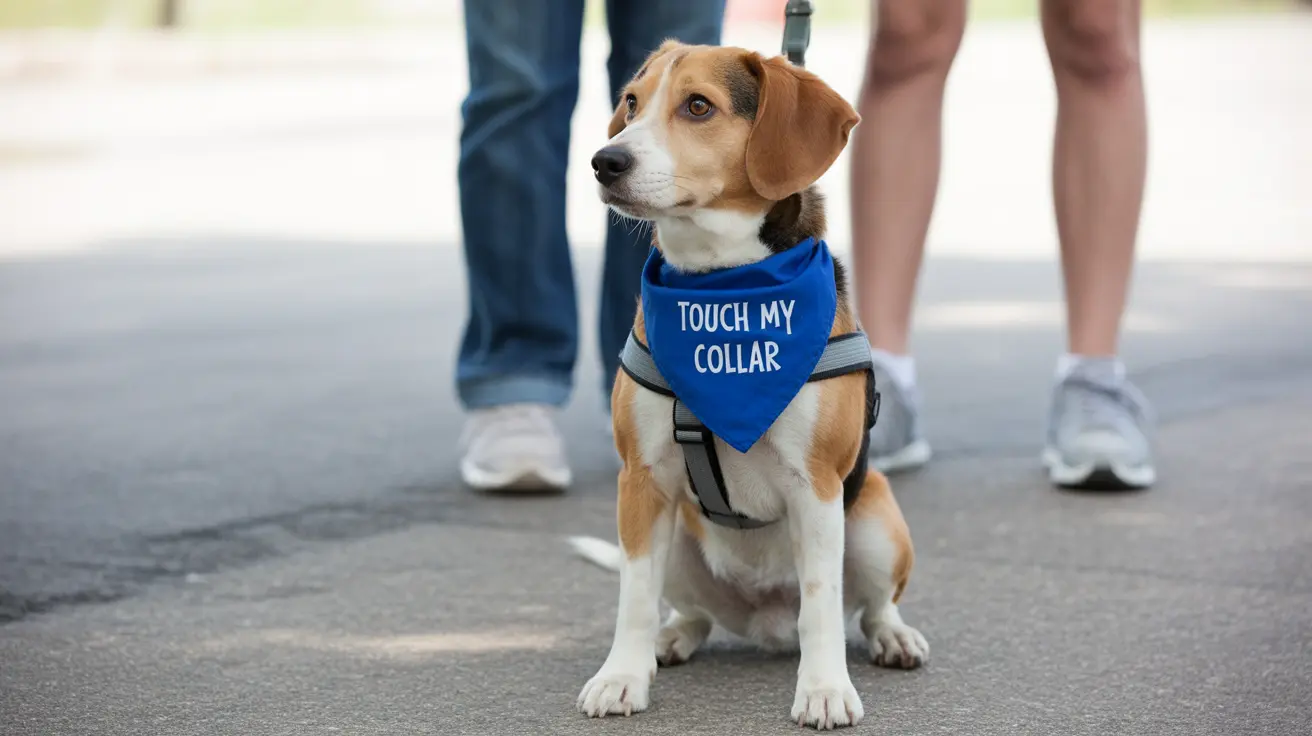Understanding the Safest Antifungal for Dogs: Ketoconazole
Fungal infections in dogs can range from minor skin irritations to life-threatening systemic diseases. Selecting the safest and most effective antifungal treatment is therefore crucial. One of the most trusted antifungal medications for veterinary use is ketoconazole, known for treating a wide array of fungal infections in dogs with favorable outcomes when properly administered.
What Is Ketoconazole?
Ketoconazole (brand name: Nizoral) is a synthetic antifungal medication widely used in veterinary medicine. It works by inhibiting enzymes necessary for the synthesis of fungal cell membranes, thus halting the growth and causing the eventual death of fungal pathogens.
When Is Ketoconazole Used?
This antifungal is commonly prescribed for the treatment of:
- Yeast infections (Malassezia dermatitis)
- Ringworm (dermatophytosis)
- Blastomycosis
- Coccidioidomycosis (Valley Fever)
- Histoplasmosis
- Cryptococcosis
- Aspergillosis
It is also sometimes used to manage Cushing’s disease, owing to its capacity to reduce cortisol production in dogs.
Available Forms and Applications
Ketoconazole is available in multiple forms, tailored to different types of infections:
- Oral tablets
- Compounded oral liquids or capsules
- Topical formulations including creams, lotions, gels, sprays, shampoos, mousses, wipes, and ear washes
Topical solutions are preferred for localized skin or ear infections, while systemic infections typically require oral treatment.
Dosage and Administration
- Follow veterinary directions strictly for dosage and duration.
- Oral dosages commonly begin at 10 mg/kg once or twice daily.
- Duration can vary from 2–4 weeks for surface infections to several months for systemic issues.
- Oral forms should be given with food, ideally a high-fat meal, to enhance absorption and minimize GI distress.
- Topicals should remain on the skin for 10–15 minutes for maximum effectiveness. Prevent licking during this time.
Monitoring and Side Effects
Long-term use requires routine monitoring due to potential side effects. These include:
- Loss of appetite, nausea, vomiting, diarrhea
- Temporary lightening of coat color
- Lethargy, skin irritation, incoordination (rare)
- Liver toxicity
- Low platelet counts
- Behavioral changes and, in rare cases, cataract formation
Signs of liver problems include jaundice, severe vomiting, and lethargy. Immediate veterinary attention is essential if these symptoms appear.
Drug Interactions
Ketoconazole may interact with a variety of other medications such as:
- Cyclosporine
- Corticosteroids
- Certain antibiotics and antidepressants
- Benzodiazepines and antiarrhythmics
- Omeprazole and H2 blockers
- Warfarin and anti-diabetic drugs
Always inform your vet of any additional medications or supplements your dog is taking.
Who Should Avoid Ketoconazole?
- Not suitable for cats due to higher toxicity risk.
- Use with caution in dogs that are pregnant, nursing, or intended for breeding.
- Caution is needed for dogs with existing liver conditions or undergoing surgery.
Topical Use: Safety and Benefits
Topical ketoconazole is among the safest antifungal treatments for dogs:
- Primarily used for yeast infections and superficial dermatophytosis.
- Shampoos often combine ketoconazole with chlorhexidine or acetic acid for added antibacterial and cleaning effects.
- Minimal systemic absorption makes topical forms safer for long-term use and milder infections.
Storage and Overdose
Store ketoconazole at room temperature away from moisture and direct sunlight. Overdose symptoms include severe vomiting and jaundice; veterinary attention is critical if suspected.
Prognosis and Efficacy
Most dogs respond well to ketoconazole when administered correctly. Topicals are especially safe and effective for less severe cases, while systemic forms require close observation. With consistent monitoring and adherence to veterinary guidelines, adverse effects are rare.
Conclusion: Why Ketoconazole Is the Safest Choice
Ketoconazole, particularly in its topical form, is considered one of the safest antifungal treatments for dogs. Its effectiveness against a wide range of fungal pathogens and the availability of multiple formulations make it a valuable tool in veterinary dermatology and internal medicine. Always consult a veterinarian for tailored advice, and monitor your pet throughout the treatment duration.





